
Mengele on Mount Royal
by KRISTIAN GRAVENOR
From The Montreal Mirror
It is still often said that Josef Mengele lived here in 1962.
Mengele, if you missed the movie, perpetrated incredibly gruesome experiments on concentration camp victims before escaping post-war capture, living peacefully in South America until drowning in 1979.
So why do people swear he was here? As we know, the CIA organized bizarre mind-control experiments led by Albany, New York, resident Dr. Ewan Cameron at the Allan Memorial Institute. The CIA funded Cameron’s “psychic driving” experiments, which involved ridiculously powerful electroshock treatment and inducing extended LSD comas.
In those years, the CIA hired many former Nazis, as has been noted in 1.2 million pages of notes declassified over the last five years. Earlier this year, congressmen from all sides complained that the CIA was still illegally repressing more files, presumably the more damning stuff.
The CIA-Mengele connection has become a conspiracy cliché of sorts, repeated so often that the CIA issued a denial of any connection between the agency and the doctor on their Web site. Some were suspicious of Mengele’s many escapes from capture. And while Mengele was one of the most unthinkably sadistic people that Western Europe has ever known, his knowledge could have been valued, despite having been derived from horrific scientific experiments that could—hopefully—never be duplicated.
This is where Ann Diamond comes in. The novelist grew up in Pont Viau, Laval, and recalls that in 1962, when she was 11, her father, a previously solid sort of chap, was suddenly admitted to the Allan and administered treatment that left him permanently altered.
Her father said little about his plight until his death in 1974, and she’s taken to trying to solve the mystery of his treatment.
She says that the Mengele-in-Montreal stories were so widespread in 1962 that the president of the Canadian Jewish Congress wrote the government to ask whether it was true.
In 1984, the Mulroney government concluded that there was no evidence of Mengele ever coming here, but some doubt this, as Mulroney’s father-in-law was one of Cameron’s colleagues, and could have been implicated by a serious investigation.
Diamond believes that Mengele was involved with the Allan experiments. Cameron and Mengele’s timelines dovetail: Both were in Bavaria in 1945 (Mengele was hiding, Cameron was at the Nuremberg Trials). Cameron was keen on some controversial ideas. For example, he supported an application in 1956 to explore links between schizophrenia and eye colour, Mengele’s pet obsession.
Diamond has integrated her research into an unpublished 310-page manuscript called My Cold War. You can download it for a few bucks from www.lulu.com, it’s in novel form, and since it’s not printed on paper, she can change it at any time.
Diamond figures that what went on here was far larger than believed. “The current view is that there were a handful of mental patients badly treated by this one madman, Ewan Cameron, but I think it was a large program with some high-profile people. It’s a huge can of worms.”
She notes that much of the evidence is rumour and conjecture and has been relatively unexplored. The owners of the local English press of those years were also major benefactors of the hospital and wouldn’t necessarily be all that keen to expose evil plots within the walls.
Among the questions haunting her include whether McGill’s American-born principal, F. Cyril James, was a CIA agent. She’s curious about local legend Heinz Lehman, a German psych pioneer. And then there’s the weird speech from 1943, in which Duplessis reported a Nazi offer to send more scientists here.
Diamond believes that other researchers could also make a dent into deciphering the scandal. “Fifty years have gone by, so I think it’s time we start asking questions. I went to Washington and got CIA files. Even though they say there’s nothing there, it seems there’s a lot there—description of projects, financial records. I think anyone who really wanted to could start piecing this together.
“There are scars and wounds, and I think people are protecting their turf and their secrets.”
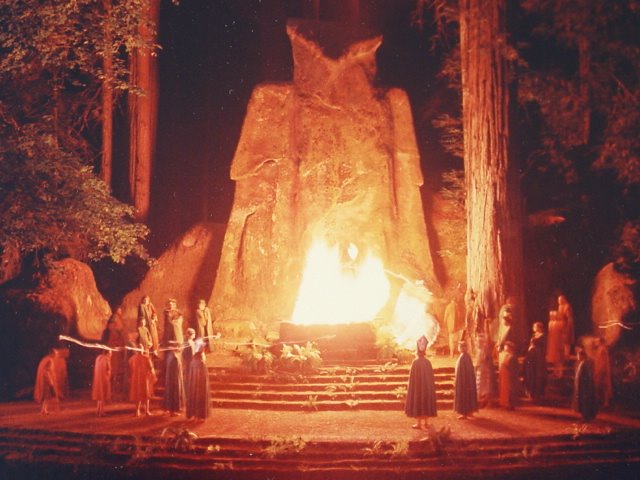







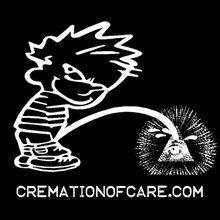

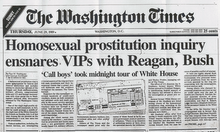



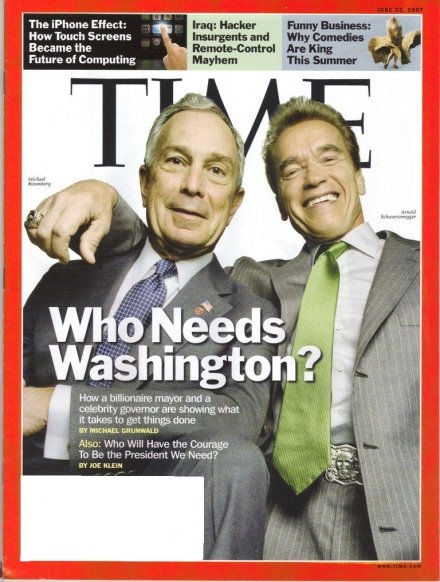



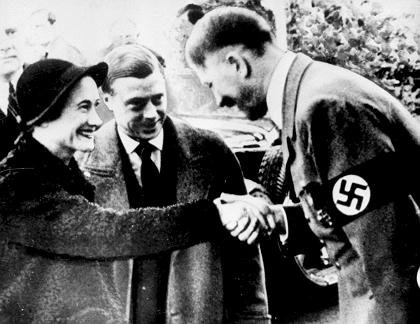





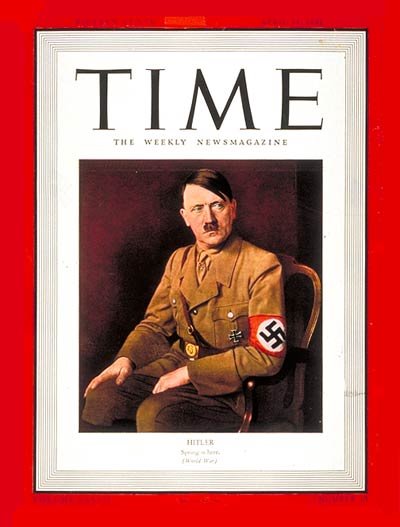

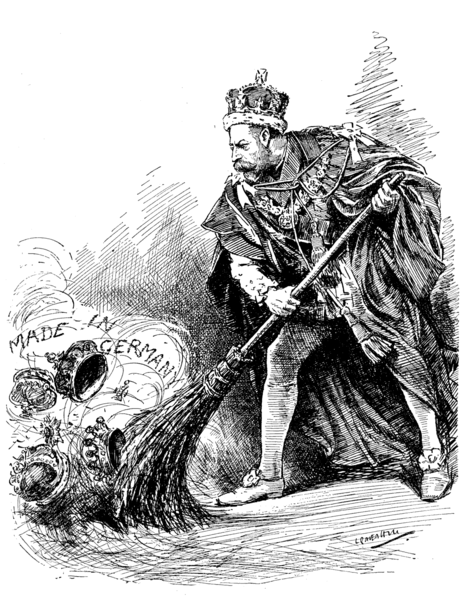

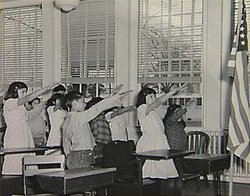


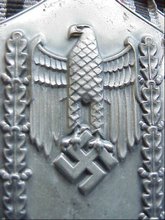


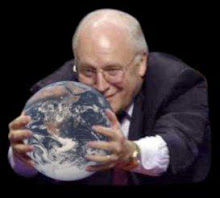





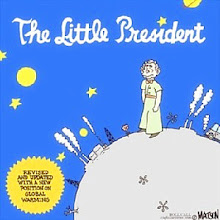


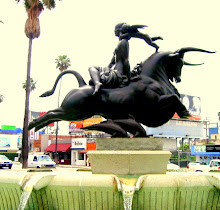


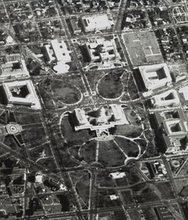



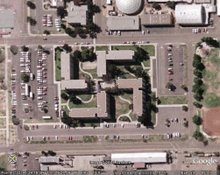






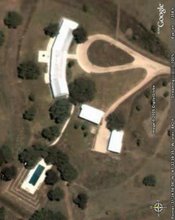








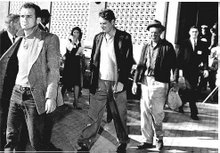


1 comment:
Well said.
Post a Comment